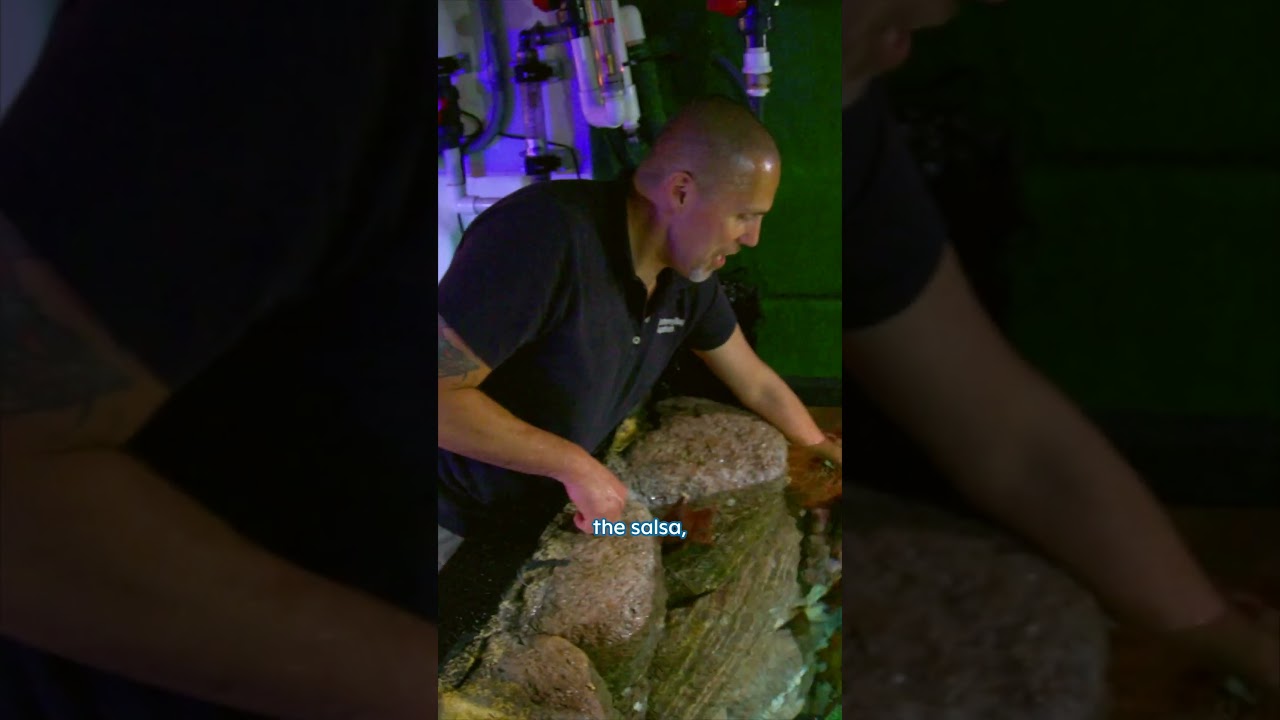– Care requirements for the giant Pacific octopus in captivity
– The importance of environmental enrichment for captive octopuses
– Conservation efforts for the giant Pacific octopus
– The role of zoos and aquariums in educating the public about octopus conservation
The giant Pacific octopus is a fascinating marine creature known for its intelligence, large size, and ability to adapt to various environments. Caring for this species in a zoo or aquarium setting demands a comprehensive understanding of its biological and environmental needs.
To ensure the health and well-being of a giant Pacific octopus, its living conditions must closely mimic its natural habitat. This involves maintaining appropriate water temperature, salinity, and pH levels. The water temperature is critical and should be kept within a range that is comfortable for the octopus, usually between 47 and 50 degrees Fahrenheit (8 to 10 degrees Celsius). Salinity and pH levels should also replicate ocean conditions as closely as possible, contributing to the overall health and longevity of the octopus.
Environmental enrichment is crucial for the mental and physical health of captive giant Pacific octopuses. These intelligent creatures require constant stimulation to prevent boredom and encourage natural behaviors. Providing a diverse array of objects and puzzles for the octopus to explore and manipulate can enhance its well-being significantly. These can include food puzzles that mimic the challenge of hunting and rearranging the tank’s layout to stimulate the exploration instinct of these adaptable creatures.
As with all wildlife, conservation efforts are essential for the giant Pacific octopus. While this species is not currently endangered, it faces threats from habitat destruction and overfishing. Zoos and aquariums play a pivotal role in conservation by participating in research efforts and breeding programs. These institutions can also serve as refuges for injured or rehabilitated octopuses who cannot return to the wild.
Moreover, zoos and aquariums foster a connection between the public and marine life by showcasing the giant Pacific octopus and educating visitors about this species. Education programs can highlight the ecological importance of octopuses and the challenges they face in the wild. Through interactive exhibits and educational talks, institutions can inspire a sense of responsibility for the ocean and its inhabitants, promoting conservation efforts on a broader scale.
Caring for our giant Pacific octopus in captivity goes beyond basic needs. It embodies a comprehensive approach that combines physical care with intellectual stimulation and conservation awareness. This holistic strategy benefits the individual octopuses and contributes to the broader goal of marine conservation. By fostering a connection between humans and these incredible creatures, we can work together toward a future where both can thrive.
*****
Source Description
Meet Chica, the giant Pacific octopus, and dive behind the scenes with senior aquarist René! 🐙
Watch the full video: https://www.youtube.com/watch?v=CYBFRu4gkdA
____
Whale, hello there! We hope you liked this video. Subscribe to our channel for more from the Monterey Bay and our mission to inspire the conservation of the ocean:
https://www.youtube.com/subscription_center?add_user=montereybayaquarium
We’re on Facebook: https://www.facebook.com/montereybayaquarium
And Instagram! https://www.instagram.com/montereybayaquarium
And Tumblr! https://www.tumblr.com/blog/montereybayaquarium
And Twitch! https://www.twitch.tv/montereyaq
And TikTok! https://www.tiktok.com/@montereyaq
And Discord! https://discord.gg/montereybayaquarium
And subscribe to our emails here: https://montereybayaquarium.org/subscribe

